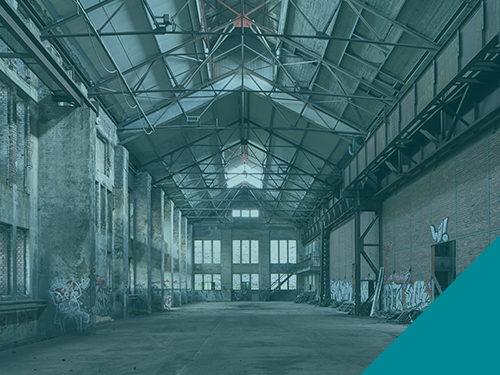Tony Obadipe, Regional Sales Manager at Hochiki Europe, outlines the key issues around fire safety in building and refurbishment projects, and the measures duty holders can take to minimise the risks.
To understand why fires occur so frequently on refurbishment projects, it is first crucial to examine why these projects are such high-risk environments. When commercial properties are undergoing refurbishment, it is common for construction professionals to be carrying out ‘hot work’ – which are effectively procedures that require using open flames, the application of heat or friction or processes that generate sparks. When work like this is taking place on a project, such as welding, soldering and flame cutting, it greatly increases the risk of fire if the correct precautionary measures aren’t taken. Often, these sites also have flammable material like insulation exposed – coupled with hot work, this means that building projects have a very significant risk of fire.
If there are confined, difficult or high traffic spaces to work in, this can also increase the threat of fire as it means that accidents are much more likely to happen. Refurbishment projects are busy sites with a lot of activity taking place, therefore it is vital that workers are both careful around each other as well as around potentially hazardous equipment. If projects are time pressured, workers may also be carrying out tasks in a rushed manner. In these circumstances, even the most professional workers can forget to check that equipment is safely switched off and stored when leaving. Finally, if businesses do not invest in appropriate fire safety solutions then high-risk sites are left without protection, and in the event that an accident occurs and a fire starts, with flammable material around it is very likely that serious damage takes place.
From a project management perspective, a more flexible program with capacity to change dates and push things back if necessary, such as in the event of late materials, is very important to reduce the risks from rushed work. Considering appropriate pricing is also crucial, as businesses that price at lower rates often attempt to mitigate this by working faster - increasing the risk that mistakes will be made or accidents will happen.
Investing in the correct life safety solutions is also critical for protecting refurbishment sites against the hazard of fires. Often, sites will only have minimal protection in place as there are no strict standards for fire safety on these projects. As such, manual devices like rotary bells are often used as the only defence. On these occasions, when a member of the team discovers a fire and needs to alert the other workers on the project, they use the rotary bell to sound the alarm. However, this means that once the team members have left the site there is no system in place to signal if there is a fire.
For this reason, installing flame detectors while refurbishments are taking place is a much more effective way to ensure that projects are well defended. The Hochiki DRD-E conventional flame detector is ideal for use on refurbishments as it is designed to detect flames in internal spaces. When installed on-site, the device works similar to a point detector but firmly detects heat rather than smoke with a detection range of up to and including 25m.
For larger refurbishment projects, hybrid wireless technology like Hochiki's Ekho detection system offers excellent protection. The system can be placed temporarily in areas undergoing construction and then once building work is completed and permanent protection is put in place, the wireless system can be easily relocated to defend other areas of need.
Suitable for even the most demanding sites, Ekho is the most flexible and versatile fire detection solution available and is simple to install and maintain. Employing the latest technology, it is vital that signal tests are done prior to use to ascertain whether expanders are needed. However, once the survey is completed and a signal is established, Ekho provides a simple and economic hybrid wireless fire detection system that is user friendly and perfect for protecting refurbishment projects.
Fires during refurbishment projects occur mostly due to high-risk environmental factors and a lack of on-site protection. Installing effective automatic fire safety solutions like flame detectors or wireless point detectors while carrying out refurbishments is an effective way to reduce the risk of hazardous fires and limit the damage. It is also crucial to manage projects effectively, avoiding rushed work and educating workers to the on-site dangers of these environments to avoid accidents. If appropriate measures are taken, the safety of building projects and workers can be maximised.
